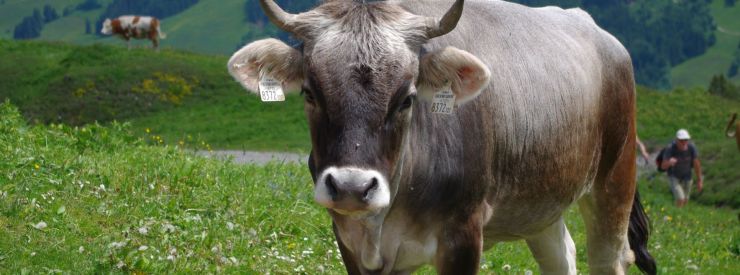INSURANCE GRASS
Assessment of formal, natural and social insurances for grasslands

Duration: 01.04.2022 - 31.03.2025
Contact persons: Julia Kunkel, Birgit Müller
More than a third of the earth's land area is covered by meadows and pastures. Climate change and the associated extreme weather events - especially periods of drought - are damaging grassland. As a result, farmers are suffering economic losses in fodder and livestock production. At the same time, the non-marketable ecosystem services decrease.
InsuranceGrass studies the potential role of insurance mechanisms to cope with climate risks for grassland farmers. First, financial insurance is investigated that provides direct payments to farmers, e.g. based on weather index insurance and satellite images. Second, we quantify the role of natural insurances that naturally buffer production risks, e.g. by using species-rich grasslands. Third, the role of community-supported agriculture as an example of social insurance will be analyzed.
Financial, natural and social insurance may be substitutes or complements and influence farmers' management behavior in different ways. Therefore, policy support for one of the three forms of insurance has implications for the others that need to be understood. For example, subsidies for financial insurance may reduce incentives for social and natural insurance, making agriculture less sustainable overall. We identify and quantify these trade-offs and develop solutions for integrated policies that promote sustainable grassland management. The methods used range from field experiments and surveys to statistical, ecological-economic and agent-based modeling.
Here at UFZ, we are leading the sub-project to develop an agent-based model to investigate the interplay of different insurance types. We explore the impact of insurance uptake on grassland management and economic outcome over time, taking into account farmers' behavioral habits and feedback from previous time steps.
InsuranceGrass receives funding from the German Research Foundation and the Swiss National Science Foundation as part of the D-A-CH projects.